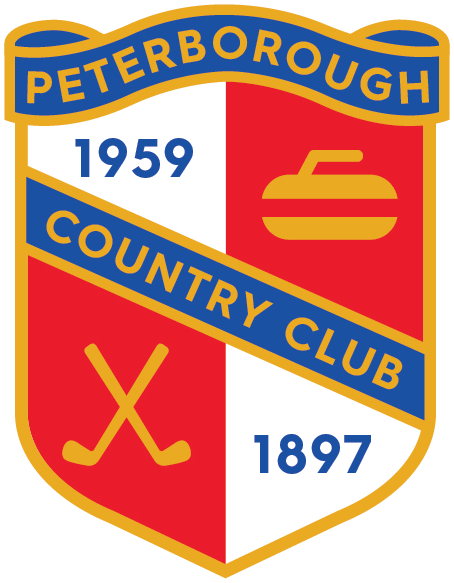General Manager/Chief Operating Officer
Derrick Golf & Winter Club
Edmonton, Alberta

The Derrick Golf & Winter Club (The Derrick) is more than just a club; it’s a community. A place where tradition meets innovation, and where members come together to create lasting memories. As the General Manager & Chief Operating Officer (GM/COO) of The Derrick, you will oversee all aspects of club operations and world-class facilities, which include a championship golf course, state-of-the-art fitness center, racket sports including badminton, tennis, pickleball, an extremely popular swimming facility, and a variety of social spaces. You will have the opportunity to lead a dedicated team and shape the future of this iconic institution.
The Derrick is currently moving through a process to create a Master Plan to ensure the club continues to provide the value and activities relevant to its membership. Currently this plan is in its final stages of development and will result in a five-to-ten-year program of large capital projects aimed at modernizing and expanding facilities, programming and social spaces throughout the club. This is a very exciting time for the Derrick Club and its membership, and the new GM/COO is expected to play a significant role in the execution of the club’s Master Plan.
THE POSITION
Note: This opportunity is available as the current GM/COO Jim Hope has announced his retirement effective in early May 2025.
The GM/COO is the most senior member of the Club’s management team reporting to the Board of Directors through the Board President. The GM/COO is responsible for delivering on the Member Experience at the Club and on its strategic and operational management. Direct reports include the Head Golf Professional, Golf Course Superintendent, Facility Manager, Director of Food and Beverage, Athletic Director, Director of Finance, and Executive Assistant/Membership Director.
Position Description/Requirements
SEARCH EXECUTIVES

Michael Gregory
Managing Director & Partner
michael.gregory@ggapartners.com
905.475.4030

George Pinches
Director
george.pinches@ggapartners.com















